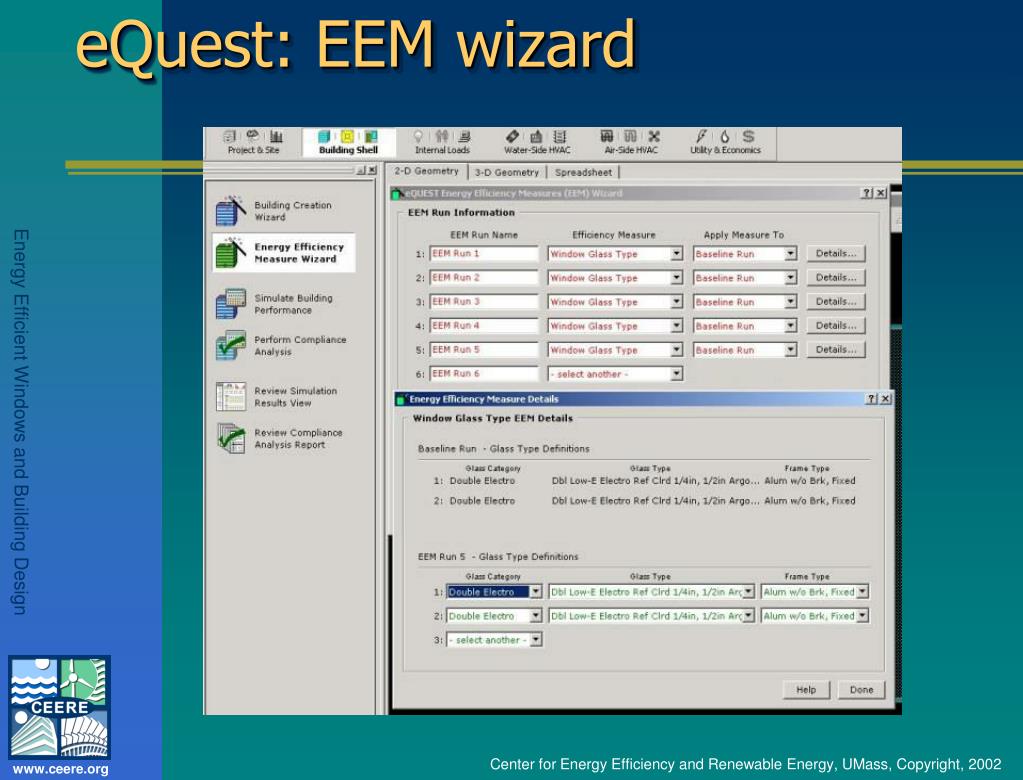
This is relatively granular in order to select a location close to the TMY3 weather station for a given city.

There exists additional predicted climate data that may be outside the range of this global climate model’s impacts.

Where outliers were found, we identified and corrected any issues. We took several steps to ensure quality weather files. In this way, energy modeling can be used to bracket the potential range of climate change impacts on energy performance.

These years represent the years with the Lowest and Highest Annual Average Drybulb Temperature. We therefore took the approach of selecting two years within this dataset for each of the selected cities. Producing annual data files for each of these years was too computationally intensive. The full global climate model data set includes a range of climate data predictions representing the years 2041 to 2070. Specifically, we used the WRFG-CCSM global climate model data.

These files were created from NARCCAP future climate data. Each package includes files for eQuest (.bin), EnergyPlus (.epw), text files (.fmt) and summary spreadsheets (.xlsx) comparing the future data to current TMY3.


 0 kommentar(er)
0 kommentar(er)
